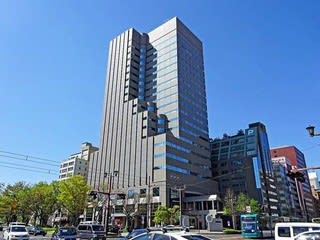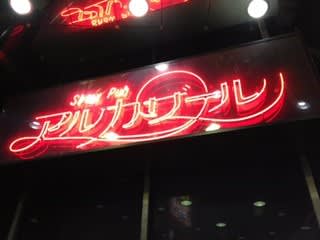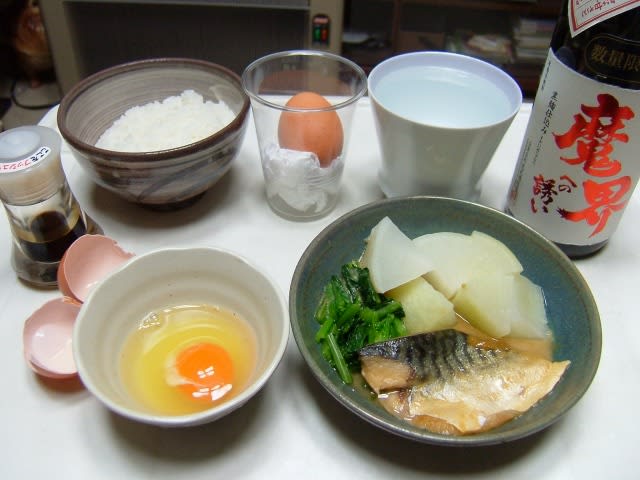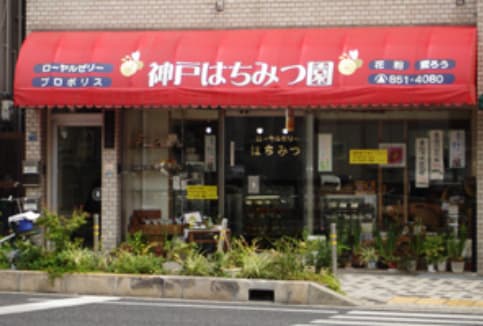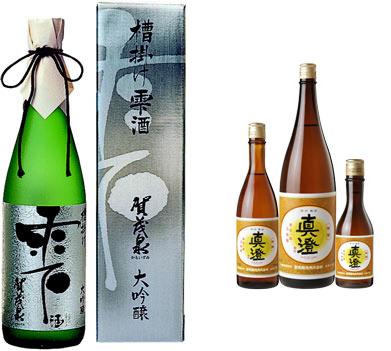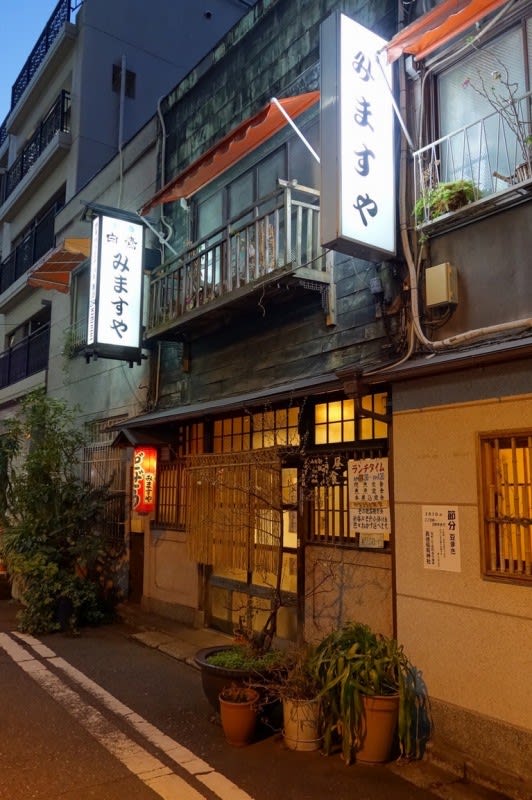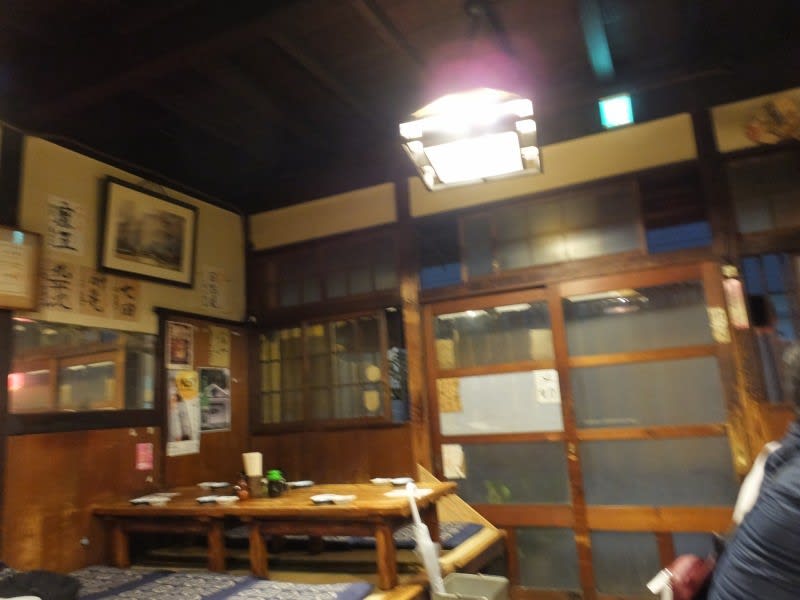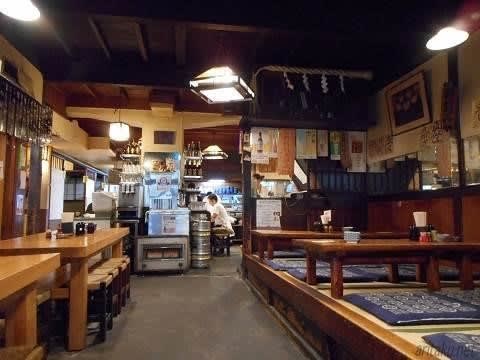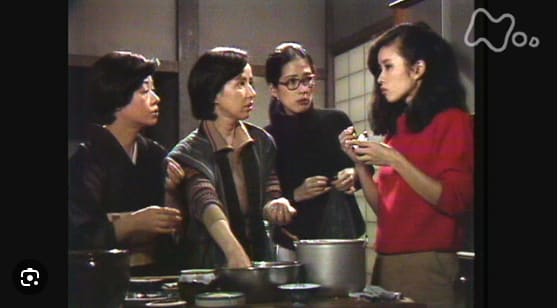戦前、日本では野菜のセロリ(celery/和名・オランダ三つ葉)は殆ど知られていませんでした。
☆ 日本が太平洋戦争に敗けた後、米軍(英、豪州軍も)が日本各地に占領軍として数多く駐留しました。
昭和20年の占領初年から、この8月15日で丸58年が経過し、彼らは名前が変わって同盟軍として58年経つ今も、継続して駐留してくれています??
(2003.7.14記)
占領軍のトップであるゼネラルマッカーサー始め米軍将兵は生の野菜をサラダで常食するのでその材料の調達が毎日毎日必要でした。
しかし日本に新鮮な野菜はありましたが、生で食べる事が出来る野菜は調達出来ませんでした。
なぜなら、当時の日本では、殆どの野菜農家は日本列島太古からの伝統リサイクル黄金肥料(早い話が人糞肥料)もかなり使っているのがわかったからです。
戦前の日本では今の中国、台湾人と同じで野菜を生で食する習慣は一般家庭では殆どありませんでしたし、日本人は昔から低コストで資源の有効活用をしていたのです。
止むなく占領軍の調達部は日本政府に命じ、清潔な環境で化学肥料のみを用いて野菜を作らせるようにしました。
米軍調達部”野菜栽培Cord”で作らせた野菜の中には、ジャガ芋、ニンジン、キャベツ、玉葱、などに交じって彼らの好物ではあるが、
それまで日本ではあまり栽培された事が無い種類がいくつかありました。
その一つにセロリがありました。
当時の農林省は、アメリカ本国でセロリを栽培している土地の気候風土を調べたところ、寒冷地が適地であり、朝夕と昼間の気温差が大きく、
カラッとして湿度が低い土地に良質のセロリが育つという事がわかり、北海道や長野県で試験栽培しました。
長野県で栽培されたのは八ヶ岳の麓の高地で、現在の茅野市や今ペンション村で知られる原村あたりがその中心です。
色々と試行錯誤の結果、アメリカで取れるセロリ並みの品質のものが出来るようになり、苗の生育、成長途中、取入れ、洗浄、梱包、輸送と
米軍検査部門の厳密な検査にパスし関東、中京地区の米軍駐屯地へ出荷されるようになりました。その輸送箱にはわざわざ「清浄野菜」というラベルが貼られて出荷されました。
日本の普通の八百屋(日本にスーパーが出現する10数年前の時代です)で売られて、我々の親や我々が日々食した野菜は、彼らにとっては清浄ではなかったのですね。
☆ 中学校の夏休みに母の里の八ヶ岳山麓の茅野市玉川へ四日市から遊びに行って、始めてセロリに 出会ったとき、セロリが積んである土間へ入ると、
あの独特の匂いが漢方薬の匂いのようだと思いました。
その後長い間セロリは四日市の家の近くの八百屋では見かけませんでした。
そして時代が下って、セロリも徐々に人に知られるようになり、関西でも万博以降マーケットにも少しづつ出回るようになり、
今ではどこのスーパーでも売られている野菜になりました。
茅野の私の母方の従兄はもう何十年もセロリ専業農家をやっていますし、また諏訪地方ではセロリは、ごく普通のポピュラーな野菜として味噌汁の具や、
漬物にも使われてよく食べられています。洗ってマヨネーズをつけて一本そのままバリバリ食べるのと、漬物にしたセロリの浅漬けは私の大好物の一つです。
諏訪・茅野地区は寒天や凍豆腐(高野豆腐)の産地でもあるほどの寒冷地なので、お米の単位あたりの収穫量は良くない土地ですが、
セロリは東京という大消費地へ出荷が出来る夏季の有利な近郊野菜として栽培が長く続いています。
恐らく今でもセロリの出荷額では日本の中では長野県がトップclickだろうとおもいます。
*以上の話は 最初に農林省から試験栽培を言われた農協の一つの組合長をしていた母の兄である伯父と一緒に、日本で最初にレタス栽培導入に携わり、
今も専業でレタスを作っている従兄から今回の前半の話を聞いて構成。
♪ところで昭和20年代後半の朝日新聞に連載された「ブロンディ」というアメリカ家庭漫画があり、亭主のダグウッドが会社で弁当を食べる場面で、
紙袋からパンとは別に、白くて長いものを出してかぶりついている場面がよくあり、あれはなんだろうと長年思っていたのですが、
あるとき「ひょっとしてセロリじゃないか」と思い当りましたがどうなんでしょうか。
------------------------------------------------------------------------------------------------------------------
Before the war, the vegetable celery (Japanese name: Holland mitsuba) was almost unknown in Japan.
After Japan lost the Pacific War, many U.S. troops (including British and Australian troops) were stationed in various parts of Japan as occupying forces.
It has been 58 years since the first year of occupation in 1945, and they are still stationed in Japan as allied forces even though their names have been changed.
(2003. 7. 14 note)
General MacArthur, the head of the occupation forces, and other U.S. generals ate fresh vegetables in salads on a regular basis, so it was necessary to procure the ingredients for them every single day.
However, although fresh vegetables were available in Japan, it was impossible to procure vegetables that could be eaten raw.
This is because, at that time, most vegetable farmers in Japan were found to be using a lot of traditional recycled golden fertilizers (or human feces fertilizers), which have been used since the ancient times of the Japanese archipelago.
In prewar Japan, as is the case with the Chinese and Taiwanese people of today, it was not customary for most households to eat vegetables raw, and the Japanese had always made effective use of resources at a low cost.
The Occupation Procurement Office ordered the Japanese government to produce vegetables in a clean environment using only chemical fertilizers.
Among the vegetables grown at the U.S. Military Procurement Department's "Vegetable Cord" were potatoes, carrots, cabbage, and onions, among others, which were their favorite foods,
Among the vegetables grown in the "Vegetable Growing Cord" were potatoes, carrots, cabbage, onions, and other vegetables that had never been cultivated in Japan before.
One of them was celery.
The Ministry of Agriculture, Forestry and Fisheries at that time investigated the climatic conditions of the land where celery was grown in the U.S., and found that cold regions were suitable, with a large temperature difference between morning and evening, and during the day,
The Ministry of Agriculture, Forestry, and Fisheries conducted trials in Hokkaido and Nagano Prefectures, finding that celery grows best in cold climates with a large temperature difference between morning and evening and low humidity.
In Nagano Prefecture, celery was cultivated in the highlands at the foot of Mt. Yatsugatake, mainly in present-day Chino City and Hara Village, now known as Pension Village.
After much trial and error, it became possible to produce celery of the same quality as that grown in the U.S.A. The seedlings were grown, grown, taken in, cleaned, packaged, and transported to the U.S.A. for strict inspection by the U.S. military inspection department.
After passing strict inspections by the U.S. military inspection department, the celery was shipped to the U.S. military garrison in the Kanto and Chukyo areas. The shipping boxes were labeled "clean vegetables" for the purpose of shipping.
The vegetables that were sold at ordinary Japanese grocery stores (this was more than 10 years before supermarkets appeared in Japan) and that our parents and we ate every day were not clean for them.
When I went to my mother's hometown, Tamagawa, Chino City at the foot of Mt. Yatsugatake during summer vacation in junior high school from Yokkaichi and met celery for the first time, I went into the earthen floor where celery was piled up,
When I entered the earthen floor where celery was piled up, I thought its distinctive smell was like the smell of Chinese herbal medicine.
For a long time after that, celery was not seen in the grocery stores near my house in Yokkaichi.
Then, as time went by, celery gradually became known to people, and even in the Kansai region, after the Expo, it began to appear in markets little by little,
Nowadays, celery is a vegetable sold in every supermarket.
My cousin on my mother's side in Chino has been a celery farmer for decades, and celery is also a very common and popular vegetable in the Suwa area,
In the Suwa area, celery is a very common and popular vegetable used in miso soup and as a pickle. Celery is often washed, dipped in mayonnaise, and eaten as is, and pickled celery is one of my favorite dishes.
The Suwa-Chino area is a cold region that also produces agar and frozen tofu (koya-dofu), so the yield per unit of rice is not good,
However, celery has long been cultivated in Suwa as an advantageous suburban vegetable in the summer season that can be shipped to Tokyo, a major consumption center.
Nagano Prefecture is probably still the top clic in Japan in terms of celery shipments.
The above story is about my uncle, who was involved in the first introduction of lettuce cultivation in Japan together with my mother's brother, who was the head of one of the agricultural cooperatives that was first asked by the Ministry of Agriculture and Forestry to conduct experimental cultivation,
I heard the first half of this story from my cousin, who still grows lettuce full-time, and composed it.
 By the way, there is an American family cartoon called "Blondie" that was serialized in the Asahi Shimbun newspaper in the late 1945s, in which the husband, Dagwood, eats his lunch at work,
In the scene where the husband, Dagwood, is eating his lunch at work, there is often a scene where he pulls out a long, white thing from a paper bag, separate from the bread, and covers it with it, and I had wondered what that was for many years,
One day it occurred to me that it might be celery, but what do you think?
Translated with www.DeepL.com/Translator (free version)














